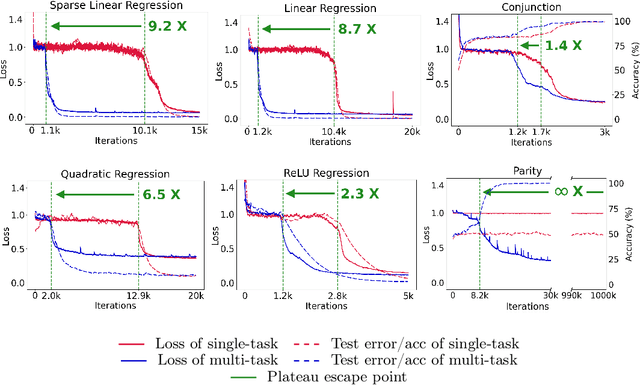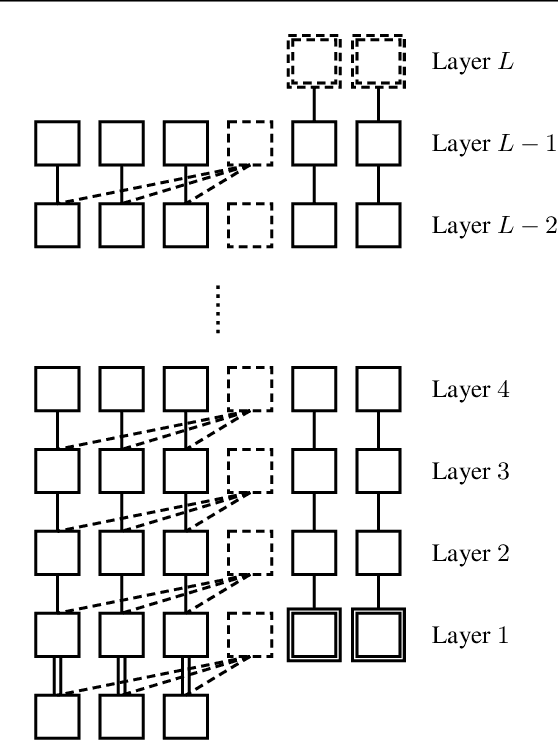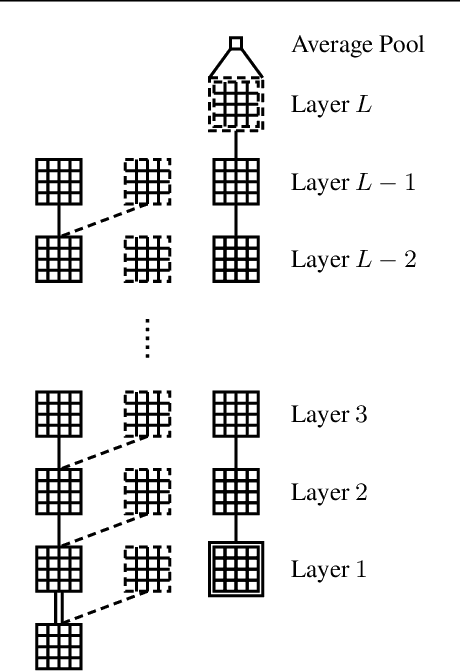Joo Young Choi
Task Diversity Shortens the ICL Plateau
Oct 07, 2024



Abstract:In-context learning (ICL) describes a language model's ability to generate outputs based on a set of input demonstrations and a subsequent query. To understand this remarkable capability, researchers have studied simplified, stylized models. These studies have consistently observed long loss plateaus, during which models exhibit minimal improvement, followed by a sudden, rapid surge of learning. In this work, we reveal that training on multiple diverse ICL tasks simultaneously shortens the loss plateaus, making each task easier to learn. This finding is surprising as it contradicts the natural intuition that the combined complexity of multiple ICL tasks would lengthen the learning process, not shorten it. Our result suggests that the recent success in large-scale training of language models may be attributed not only to the richness of the data at scale but also to the easier optimization (training) induced by the diversity of natural language training data.
Simple Drop-in LoRA Conditioning on Attention Layers Will Improve Your Diffusion Model
May 07, 2024



Abstract:Current state-of-the-art diffusion models employ U-Net architectures containing convolutional and (qkv) self-attention layers. The U-Net processes images while being conditioned on the time embedding input for each sampling step and the class or caption embedding input corresponding to the desired conditional generation. Such conditioning involves scale-and-shift operations to the convolutional layers but does not directly affect the attention layers. While these standard architectural choices are certainly effective, not conditioning the attention layers feels arbitrary and potentially suboptimal. In this work, we show that simply adding LoRA conditioning to the attention layers without changing or tuning the other parts of the U-Net architecture improves the image generation quality. For example, a drop-in addition of LoRA conditioning to EDM diffusion model yields FID scores of 1.91/1.75 for unconditional and class-conditional CIFAR-10 generation, improving upon the baseline of 1.97/1.79.
Rotation and Translation Invariant Representation Learning with Implicit Neural Representations
Apr 27, 2023Abstract:In many computer vision applications, images are acquired with arbitrary or random rotations and translations, and in such setups, it is desirable to obtain semantic representations disentangled from the image orientation. Examples of such applications include semiconductor wafer defect inspection, plankton microscope images, and inference on single-particle cryo-electron microscopy (cryo-EM) micro-graphs. In this work, we propose Invariant Representation Learning with Implicit Neural Representation (IRL-INR), which uses an implicit neural representation (INR) with a hypernetwork to obtain semantic representations disentangled from the orientation of the image. We show that IRL-INR can effectively learn disentangled semantic representations on more complex images compared to those considered in prior works and show that these semantic representations synergize well with SCAN to produce state-of-the-art unsupervised clustering results.
Neural Tangent Kernel Analysis of Deep Narrow Neural Networks
Feb 07, 2022



Abstract:The tremendous recent progress in analyzing the training dynamics of overparameterized neural networks has primarily focused on wide networks and therefore does not sufficiently address the role of depth in deep learning. In this work, we present the first trainability guarantee of infinitely deep but narrow neural networks. We study the infinite-depth limit of a multilayer perceptron (MLP) with a specific initialization and establish a trainability guarantee using the NTK theory. We then extend the analysis to an infinitely deep convolutional neural network (CNN) and perform brief experiments
 Add to Chrome
Add to Chrome Add to Firefox
Add to Firefox Add to Edge
Add to Edge